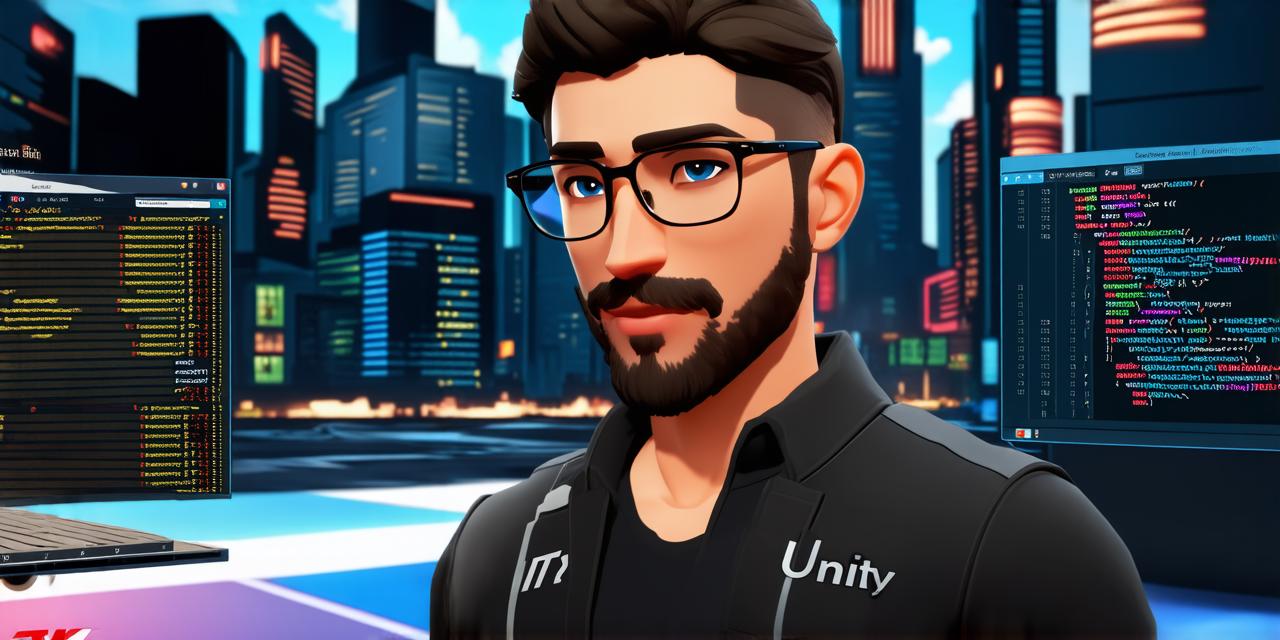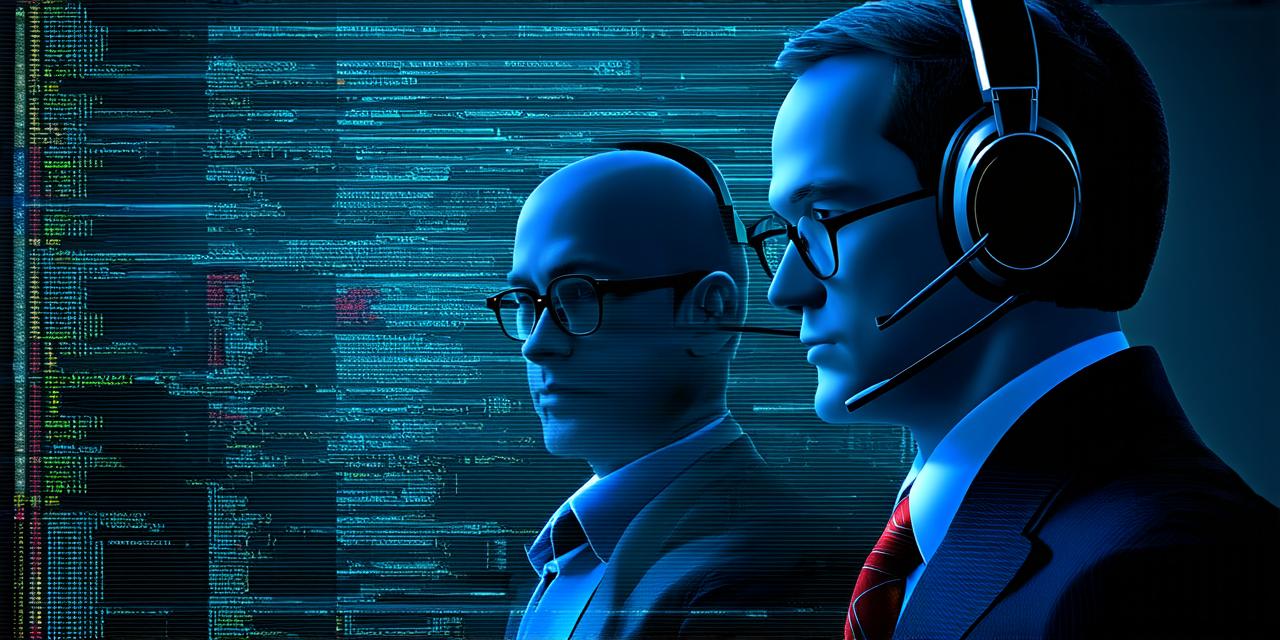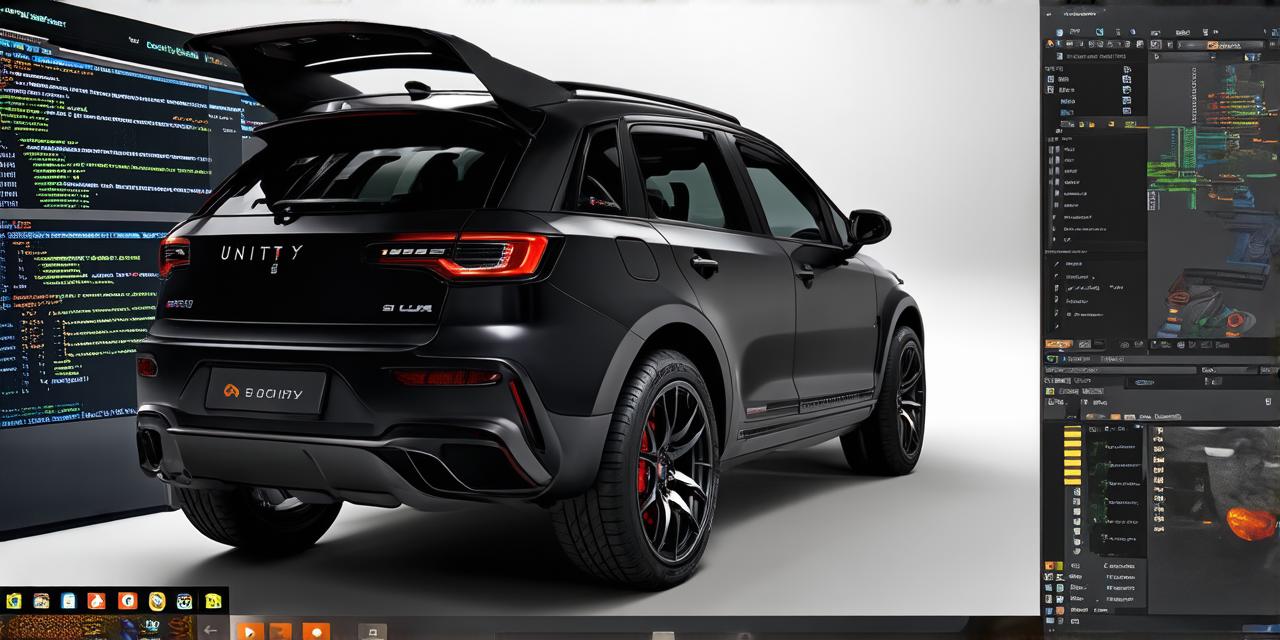In addition to its advanced features, Unity 3D boasts a robust graphics engine that supports high-quality visuals. This allows developers to create stunningly realistic environments and characters for their games or applications. The engine uses techniques such as physically based rendering (PBR), real-time global illumination, and screen-space reflections to achieve these effects.
For example, PBR mimics the behavior of light in the real world by considering factors like surface roughness and metalness. This results in more accurate and lifelike lighting in games. Real-time global illumination, on the other hand, simulates how light bounces off surfaces, creating soft shadows and ambient lighting. Screen-space reflections, meanwhile, allow for realistic water and mirror effects by calculating reflections based on what’s currently visible on the screen.
Exploring Unity 3D’s Networking Capabilities
Unity 3D also offers robust networking capabilities, allowing developers to create multiplayer games with ease. This is achieved through the High-Level API (HLAPI), which provides a simple interface for setting up and managing networked games. With HLAPI, developers can create games that support features like matchmaking, player synchronization, and server authoritative gameplay.
For instance, in a multiplayer first-person shooter game, HLAPI would handle tasks such as matching players with similar skill levels, keeping each player’s position and actions synchronized across all clients, and ensuring that the server makes final decisions on game events to prevent cheating.
The Power of Unity 3D Scripting
Lastly, Unity 3D’s scripting system is a powerful tool for developers. It uses C, a popular programming language, allowing developers to create custom behaviors and interactions for their games or applications. This flexibility empowers developers to create unique experiences that cater to their specific needs and vision.
For example, a developer could use C scripting to create a complex AI system for an NPC in a role-playing game, or to implement a custom physics behavior for a unique object in a puzzle game. The possibilities are virtually limitless with Unity 3D’s scripting capabilities.
In Conclusion
Unity 3D is a versatile and powerful tool for creators, offering advanced features like its Physics Engine, AI system, graphics engine, networking capabilities, and scripting system. Its impact extends beyond entertainment into education and various industries, making it an essential part of the digital landscape.





